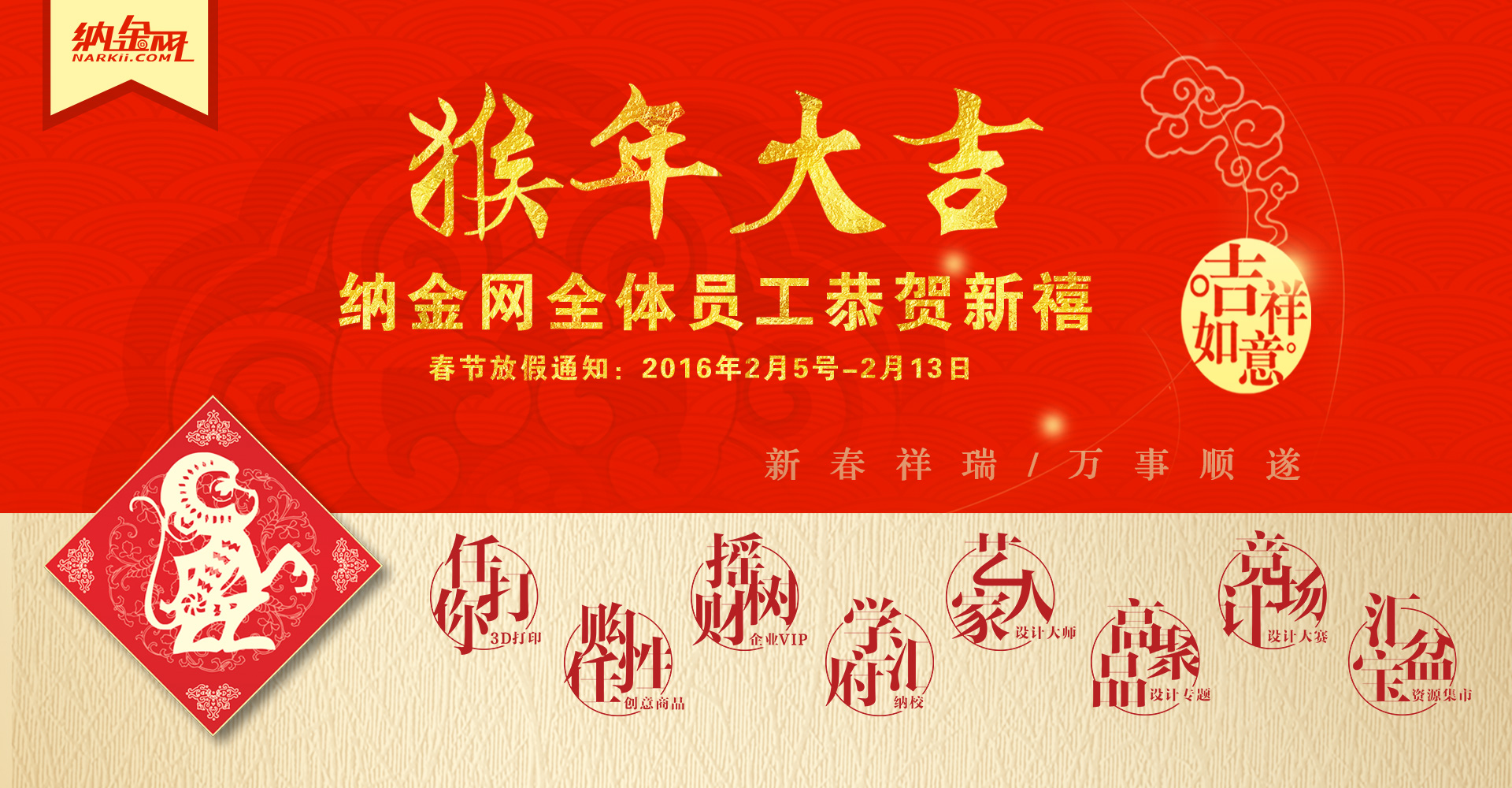- 最后登录
- 2017-9-18
- 注册时间
- 2011-1-12
- 阅读权限
- 90
- 积分
- 12276
  
- 纳金币
- 5568
- 精华
- 0





|
Abstract
Many non-photorealistic rendering techniques are used for clearer
illustration of shapes. Most have a rather limited set of models
on which they work well. We categorize several techniques and
provide a framework for selecting the best, or a combination of the
best techniques, given a class of models. In particular, we use a
small sample of models as a training set and apply the resulting
learned technique on models of the given class. We demonstrate
our results on models of historical artifacts with significant damage
and noisy areas.
1 Introduction
Non-photorealistic rendering is better than the usual photorealistic
rendering at abstracting away unnecessary details and highlighting
prominent features. The results can also be visually more appealing.
Curves on a shape have been considered important visual cues.
Hence various “feature” curve detection techniques have been devised.
In our experience, the noise resulting from damage and also
significant variance in the nature and style of geometry in historical
artifacts make line-drawing based techniques unsatisfactory. However,
when used to enhance smooth shading, they provide excellent
detail.
Figure 1: Combination: ridges brightened, valleys and suggestive
contours darkened
Feature curves we have found useful include silhouettes and contours,
ridges and valleys, suggestive contours, apparent ridges and
demarcating curves.
2 Our Approach
We realize that perception of enhanced features is subjective and
hence include human evaluation in the loop. Furthermore, we put
the property in a common framework so as to facilitate comparing
and combining them. |
|

